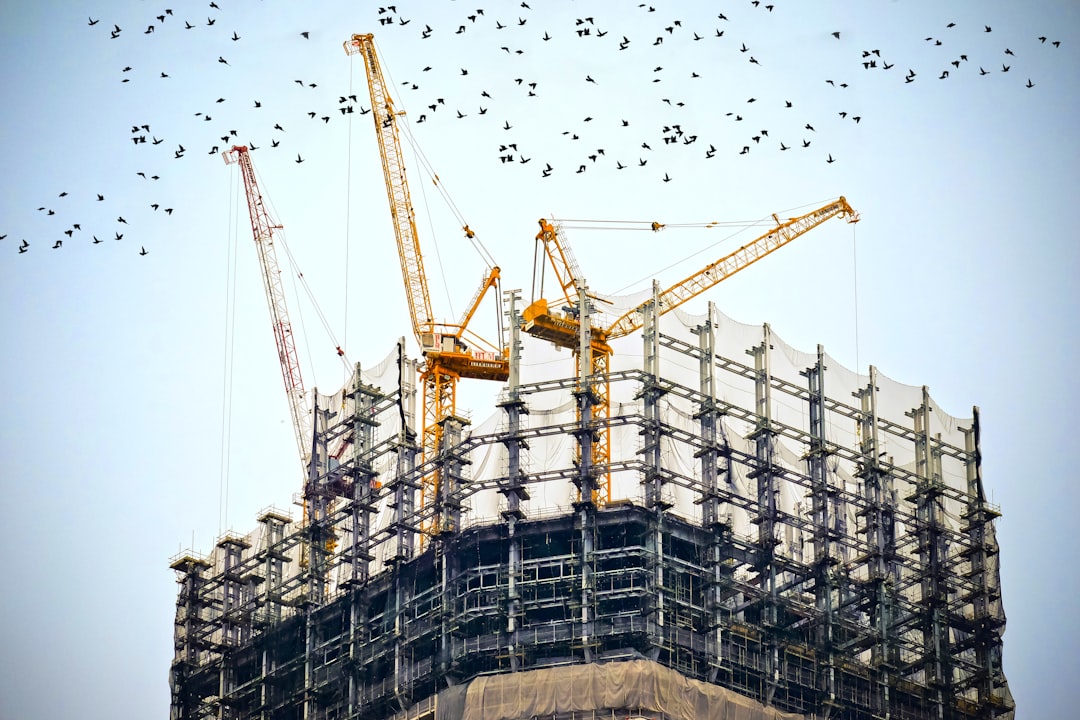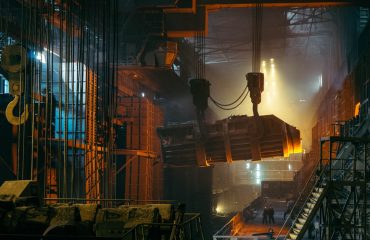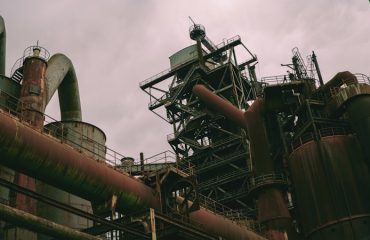Earthquakes are devastating natural disasters that can inflict catastrophic damage on buildings and infrastructure. The design and construction of earthquake-resistant structures are paramount to minimizing loss of life and property. Steel, with its exceptional properties, plays a pivotal role in achieving this goal. This post delves into the multifaceted contribution of steel in engineering buildings capable of withstanding the violent forces of seismic activity.
1. The Superior Seismic Properties of Steel
Steel’s inherent characteristics make it ideally suited for earthquake-resistant design. Its high tensile strength allows it to withstand significant deformation without fracturing. This ductility is crucial because it enables the structure to absorb seismic energy through yielding, rather than brittle failure. Unlike concrete, which can crack and crumble under extreme stress, steel can deform plastically, dissipating energy and preventing collapse. This energy absorption capacity is a key factor in minimizing damage during an earthquake. Furthermore, steel’s high strength-to-weight ratio allows for the creation of lighter yet stronger structures, reducing the overall load on the foundation and improving seismic performance.
2. Steel’s Role in Moment-Resisting Frames
Moment-resisting frames (MRFs) are a fundamental component of earthquake-resistant design. These frames, typically constructed from steel, are designed to resist the lateral forces generated by seismic activity. The steel beams and columns in an MRF are connected using strong welds or high-strength bolts, forming a rigid system capable of transferring seismic loads efficiently throughout the structure. The ductile behavior of steel allows the MRF to deform significantly under seismic loading without losing its structural integrity. This deformation absorbs a substantial amount of energy, preventing catastrophic failure. Advanced detailing techniques, such as the use of special steel sections and connections, further enhance the seismic performance of MRFs.
3. Steel’s Contribution to Shear Walls and Bracing Systems
While moment-resisting frames provide overall stability, shear walls and bracing systems are crucial for resisting lateral forces. Steel shear walls, constructed from steel plates or sections, are incredibly strong and stiff, effectively transferring shear forces to the foundation. Similarly, steel bracing systems, often composed of diagonal steel members, provide additional lateral stability and enhance the overall ductility of the structure. These bracing systems can be designed to yield in a controlled manner, dissipating seismic energy and preventing collapse. The combination of MRFs, shear walls, and bracing systems creates a robust and resilient structure capable of withstanding significant seismic events.
4. Advanced Steel Connections: The Key to Seismic Performance
The performance of steel structures under seismic loading is significantly influenced by the design and detailing of the connections between steel members. High-strength bolted connections and welds are commonly used in earthquake-resistant design. However, the specific design of these connections is critical. Proper detailing ensures that the connections remain ductile and can absorb energy without failing prematurely. Innovative connection designs, such as energy dissipating devices and self-centering connections, are being increasingly employed to enhance the seismic resilience of steel structures. These advanced connections allow the structure to recover its original shape after the earthquake, minimizing residual damage.
5. The Future of Steel in Earthquake Engineering: Innovations and Advancements
Research and development in earthquake engineering are constantly pushing the boundaries of seismic design. New steel alloys with enhanced strength and ductility are being developed, leading to lighter and more resilient structures. Advanced computational techniques and sophisticated analytical models are enabling engineers to design more efficient and reliable earthquake-resistant steel structures. The integration of smart sensors and real-time monitoring systems allows for the continuous assessment of structural health and enables proactive interventions to prevent potential failures. Furthermore, the use of innovative damping systems, such as viscous dampers and tuned mass dampers, is becoming more prevalent, further enhancing the seismic performance of steel structures. The future of earthquake-resistant design undoubtedly involves even greater reliance on the versatility and strength of steel.
In conclusion, steel’s unique properties, coupled with advancements in design and construction techniques, make it an indispensable material in building earthquake-resistant structures. Its high strength, ductility, and energy absorption capacity are crucial in mitigating the devastating effects of seismic activity, ensuring the safety and protection of lives and property.
SEO Tags:
- Earthquake resistant structures
- Steel structures earthquake
- Seismic design steel
- Earthquake engineering steel
- Steel construction seismic




